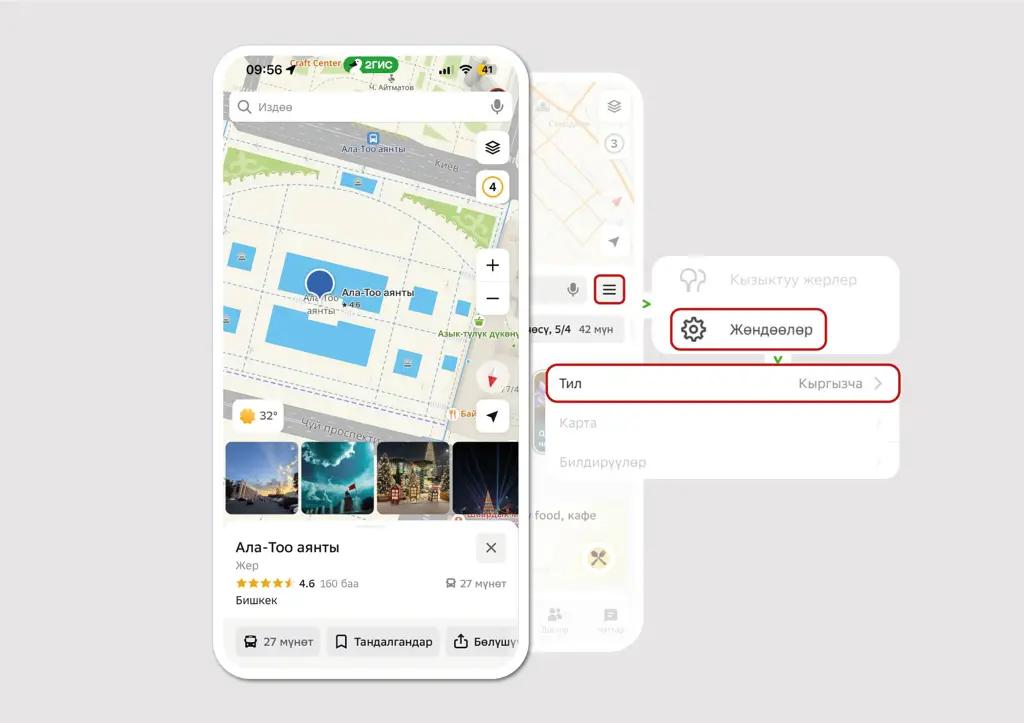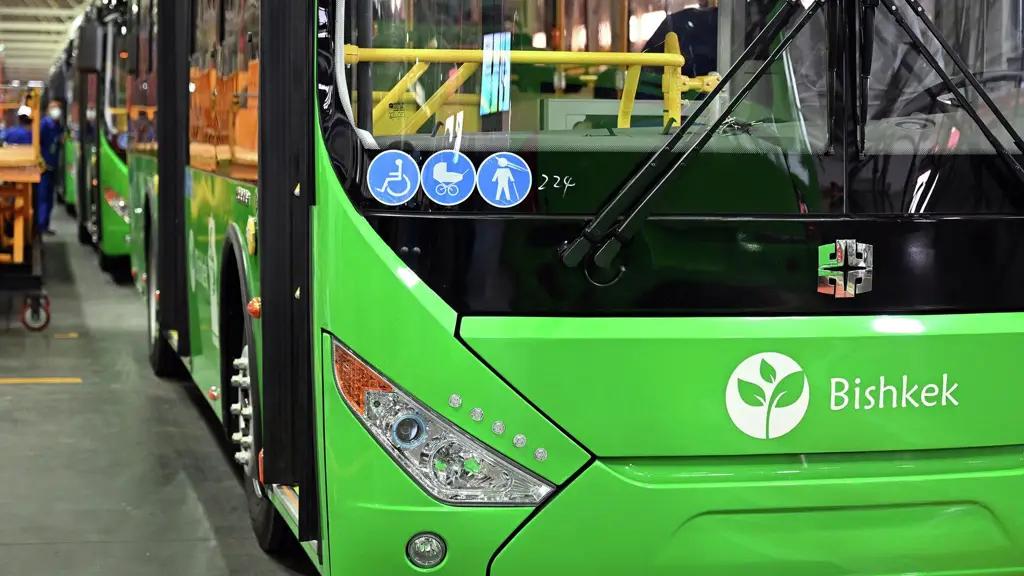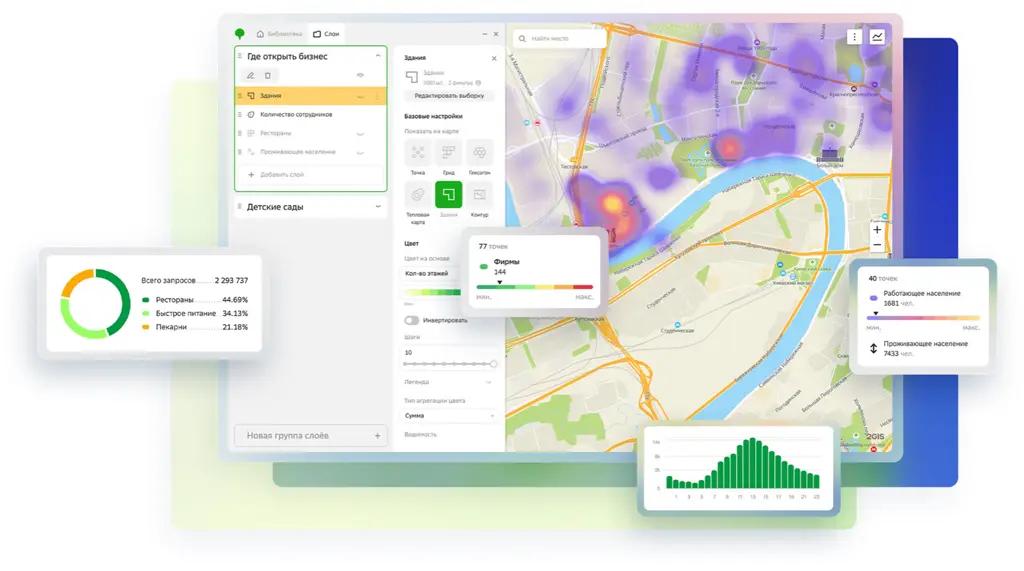
Published
10/21/2024, 11:14According to 2GIS navigator data, Bishkek residents stood in traffic jams for 777 hours in July, August and September. In October it is not uncommon to see traffic congestion of 9 points. About 500,000 people in Kyrgyzstan use 2GIS navigator every month, more than 300,000 of them in Bishkek.
Vsevolod Perfiliev, 2GIS Director in Kyrgyzstan, spoke about the company's research.
‘Most traffic jams can be solved simply by adjusting the traffic lights properly,’ he is confident.
A traffic light is to blame for a traffic jam when there is no traffic jam after it. At first glance only, we found 10 such junctions (specially chosen from various parts of the city):
1. Ankara/Chokan Valikhanova. Every day, both in the morning and evening, a traffic jam there increases in the western direction. The solution is to increase the duration of the green light in the west direction.
2. Mahatma Gandhi/Bayalinova. There is a daily traffic jam on Mahatma Gandhi in both north and south directions. The solution is to increase the duration of the green light in both directions. This will increase the average traffic speed through the intersection and increase the capacity.
3. At this point there will be two intersections at once, as they depend on each other: Lev Tolstoy/Logvinenko and Lev Tolstoy/Panfilova. Here the ‘traffic jam’ often grows from Manas in the eastern direction, and from Abdrakhmanov in the western direction. And the problem is solved very simply: it is necessary to redo the work of traffic lights, increasing the time in the west and east directions, while stopping oncoming traffic, to free the section between Logvinenko and Panfilova - red should light up before Panfilova in the west direction, and before Logvinenko in the east, and to meet them should continue to burn green for 15-20 seconds. Thus, the section of Leo Tolstoy Street between Panfilova and Logvinenko will be completely free of cars, which will partially relieve traffic on Logvinenko and Panfilova streets, due to free left turn.
4. Zhukeyeva-Pudovkina/Akhunbaeva. In the north direction, both in the morning and evening, there is a ‘traffic jam’. Solution: increase the duration of the green signal in the north direction, as well as redo the markings, making a third lane for right turn only (by an additional section, it is already installed there).
5. Akhunbaeva/Maldybaeva, westbound. Traffic jams are forming here both in the morning and evening. The solution would be to increase the green light in the westbound direction.
6. Baatyr/Akhunbaeva Baitik. All four directions usually ‘stand’ here. At the same time, in all four directions behind the intersection, as a rule, traffic is free. The solution in this case would be to increase the duration of the green traffic signal by the same number of seconds in all directions to raise the average traffic speed through the intersection, increasing capacity.
7. Chui Avenue/Kurmanjan Datka. A large and complex intersection. Congestion occurs on all four sides. First of all, it is necessary to significantly increase the duration of the green light in the south direction along Kurmanjan Datka Street (as this is where the traffic jam that started from Zhibek-Zholu Avenue ends), and slightly increase the green signal in the west and east directions along Chui Avenue.
8. Continuation of the previous point, Kurmanjan Datka/Saliyeva intersection. Here a slight increase in green duration in the southbound direction is required.
9. Chui Avenue/Togolok Moldo. Congestion at this intersection is usually formed in three directions. But in the eastern direction, behind the junction, it is always free. So, by increasing the duration of the green light in the east direction, one of them can be avoided.
10. But the Chui/Manas Avenue intersection collects a ‘tail’ in the westbound direction usually from the Square, and behind it, free. By increasing the green signal duration in the western direction, a large section will be unloaded.
At the moment, it is even possible to calculate how many seconds it is necessary to increase the green signal of the traffic light, taking into account the number of lanes and the length of the ‘tail’. It is clear that previously there was no such data, and it was more difficult to regulate traffic lights. Now that the analysis is available, it should be used, for the benefit of the citizens...



